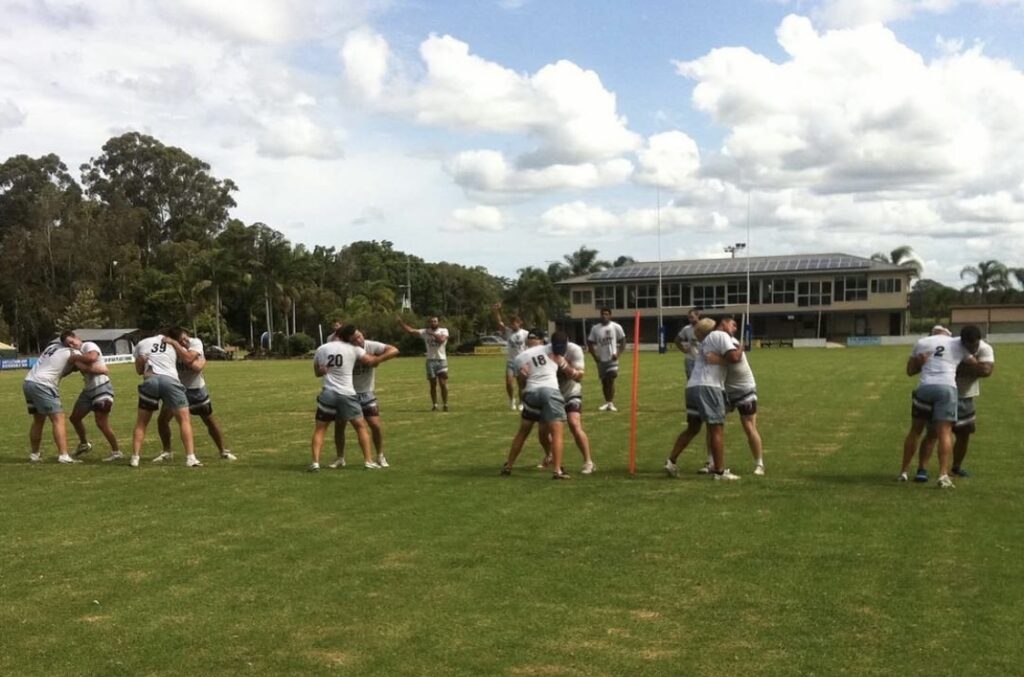Body Temperature
Nothing you’re about to read is revolutionary. That said, leveraging body temperature is so fundamental it’s often overlooked at a great opportunity cost.
Leveraging body temperature will improve your training and if you’re over 35 years old and/or have chronic injury challenges it’s negligent not to make this a priority.
Most of the time you can use your training activity itself (or parts of it) as a fantastic warm up, ensuring you’re starting off slowly/gently and increasing your output expectations only as your body is warming up and feels ready.
There are two healthy ways we can manipulate body temperature:
- Passively – Sauna, sunshine, shade, hot shower, cold shower, ice bath, ice vests, clothing, massage, knee sleeves, skins, wetsuit for water sports, balms (Tiger Balm and the like), etc.
- Actively – Moving your body.
I recommend both based on your circumstances.
If you live in a cold climate, multiple passive methods may be needed before training starts. Conversely if you live in a hot climate, you’ll likely need to avoid most passive methods at the risk of overheating though best still engage in a brief active warm up at minimum to prepare your body for what’s to come in your training session.

One area often done poorly in relation to optimising body temperature is strength training. Don’t make this mistake. Use both passive and active methods to prepare your body before exposing it to external loading. The cost of neglecting this long term is greater than you can imagine.
If you’re an athlete in a team sport or group training situation it can be difficult to individualise your needs in this area. There are three solutions for this that can work together:
- Talk to your coach about it
- Get there earlier and warm up more progressively before training starts
- Any training/preparation you do outside of the group environment has to prioritise off setting any damage happening inside your team/group training environment. This way on net your training is moving forward and better for you.
Finally if you haven’t already and your circumstances warrant it, give the above suggestions a go. There’s no better way to know.
